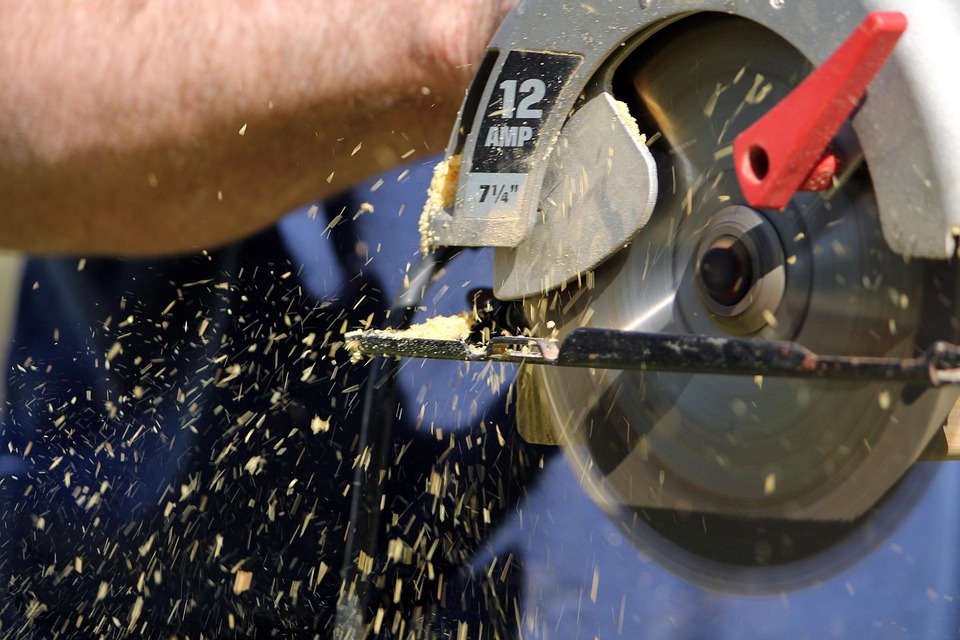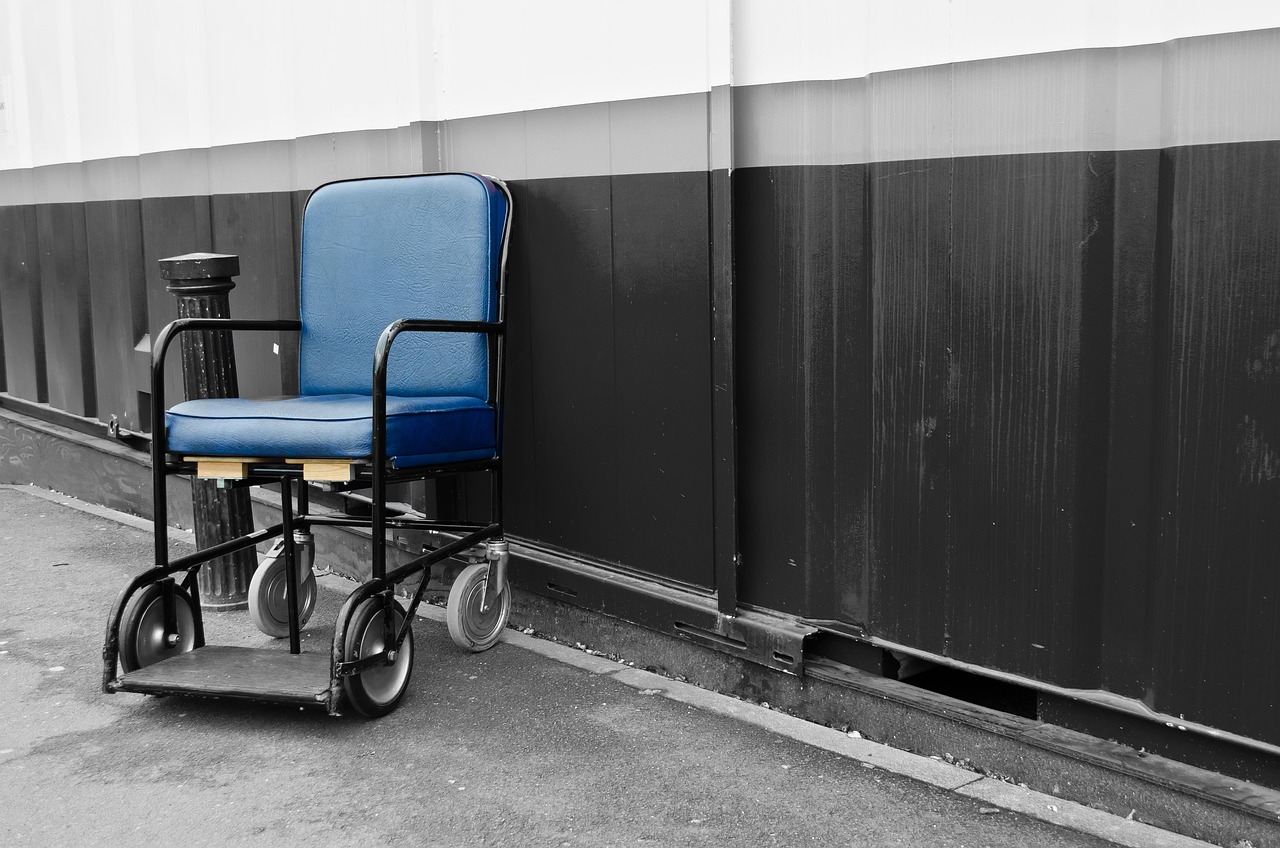Choosing the right blade for a reciprocating saw can make your task much easier. Different blades are made for different materials, and using the right one can greatly improve your efficiency.
Metal cutting blades can cut through pipes, nails, and even rust with ease, while wood cutting blades make quick work of both hard and soft woods. For rough demolition work, blades with carbide teeth can cut through masonry and other hard materials.
It’s important to note that blades can differ in tooth count, length, and width, all of which can affect their performance. Blades with fewer teeth cut faster but leave a rougher surface, while those with more teeth take longer but create a smoother result.
Always remember to check the blade’s length before making a purchase. The blade should be long enough to go through the material you’re cutting, plus a little extra. A shorter blade will compromise both your work and your safety.
Proper maintenance of your blades is also important. After each use, clean the blade to remove any debris. A dull blade is not only inefficient but can also be dangerous as it can cause the saw to kickback.
With the proper blade and maintenance, your reciprocating saw blade can be a powerful tool in your toolkit. Don’t forget to wear appropriate safety equipment and follow the manufacturer’s instructions for safe operation.






